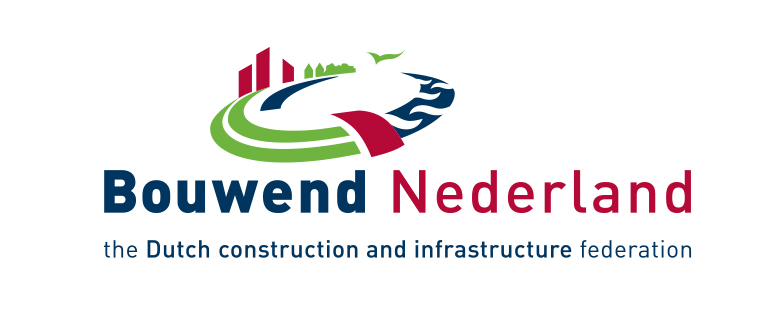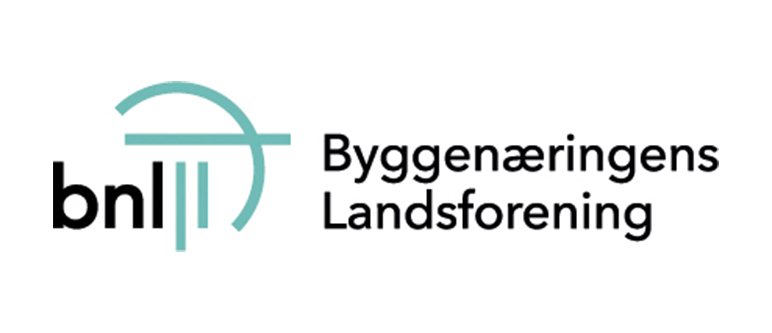Overall construction activity
After four years of strong growth, the output of the Dutch economy has reached a level close to its peak.
After four years of a forceful expansion (2015-2018) with an average growth rate of 6.5% per annum, output in construction increased by 4% in 2019.
Importantly, on 29 May 2019, the Council of State, the highest administrative law court in the Netherlands, issued a ruling with far-reaching consequences for the construction sector. The existing procedure to issue permits for nitrogen emitting activities (NEA) (including construction projects) in the vicinity of vulnerable nature areas has been declared unlawful. As a result, a large share of permit applications has not been processed for four months. The impact on construction was large, as there are many such areas spread over the country and the population density and land use is very intensive.
Housebuilding
From the beginning of 2018 until March 2019, prices of existing dwellings increased very strongly while the number of transactions declined substantially. This indicated a growing discrepancy between supply and demand. Although the price increase has slowed down and the number of transactions has been slightly higher since then, the discrepancy between supply and demand remains strong.
The inadequate volumes of residential construction have triggered political action. In May 2018, the government and representatives of organisations of developers, investors, housing corporations, construction firms, homeowners and tenants signed the National Housing Agenda 2018-2021, committing themselves to increasing their efforts to reduce the housing shortages. The aim is to complete 75,000 dwellings yearly.
The lack of capacity faced by developers, local governments and construction companies, and high construction costs resulted in a significant decrease in the number of issued building permits in 2019. This was already the case before the NEA ruling. As a result of the ruling, a large share of applications for building permits was not processed for four months and the evaluation of many permit applications will take much longer under the new rules than before.
The growth of the renovation and maintenance (R&M) market was relatively modest in 2019 (1.5%).
GDP 2019
BILLION
POPULATION 2019
Total investment in construction in 2019
BILLION
Non-residential construction
The non-residential construction market saw strong growth in 2019. New construction of non-residential buildings has increased by over 13% in the last year.
Civil engineering
The civil engineering sector performed below expectations in 2019, with a growth rate of 2.5%. This has two main causes: First, there were delays in the execution of an investment impetus worth €2 billion for the period 2018-2020. Second, growth was also affected by the NEA ruling and the government’s directive regarding the amount of permitted perfluoroalkyl substances (PFAS) in the soil which suddenly stopped many projects and investment programmes.
| Per cent variation of investment in real terms on previous year | |||||||
| investment Mln. € fixed prices | |||||||
| Sectors | 2019a | 2016 | 2017 | 2018 | 2019a | 2020b | |
| 1. | Building | 56,400 | 10.8 | 6.1 | 8.2 | 4.4 | NA |
| 1.1. Housebuilding | 30,775 | 17.0 | 8.4 | 8.3 | 2.2 | NA | |
| 1.1.1. New | 14,375 | 15.4 | 12.0 | 10.9 | 2.9 | NA | |
| 1.1.2. R&M | 16,400 | 18.2 | 5.5 | 6.1 | 1.5 | NA | |
| 1.2. Non residential (c) | 25,625 | 4.3 | 3.4 | 8.1 | 7.2 | NA | |
| 1.2.1. Private | NA | NA | NA | NA | NA | NA | |
| 1.2.2. Public | NA | NA | NA | NA | NA | NA | |
| 2. | Civil Engineering | 16,825 | 2.7 | -6.0 | 1.7 | 2.6 | NA |
| (1 + 2) | Total Construction | 73,225 | 8.5 | 2.9 | 6.6 | 4.0 | NA |
| a: estimate - b: forecast - c: incl. R&M | |||||||
| Number of building permits in residential construction | |||||||
| 2016 | 2017 | 2018 | 2019a | 2020b | |||
| single dwelling | NA | NA | NA | NA | NA | ||
| collective dwelling | NA | NA | NA | NA | NA | ||
| other types of dwelling | NA | NA | NA | NA | NA | ||
| Total | 53,567 | 69,741 | 70,034 | 57,380 | NA | ||
| (Collective dwellings and other types of buildings: in number of flats) | |||||||



































